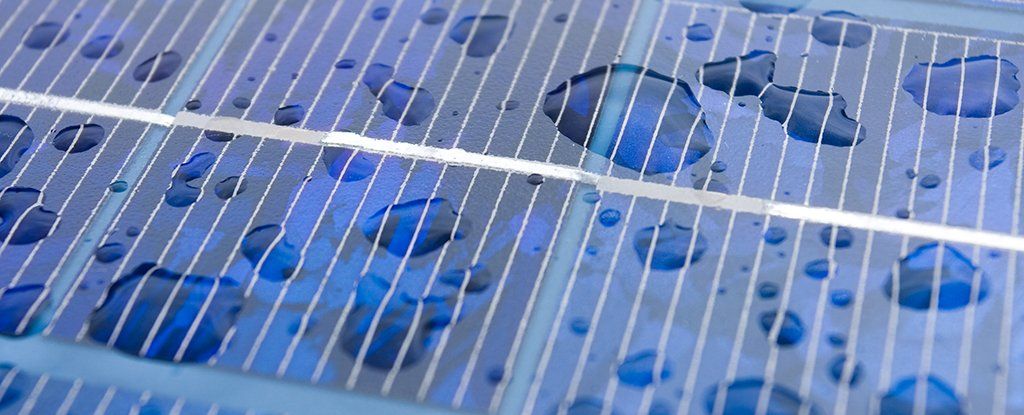Solar power is making huge strides as a reliable, renewable energy source, but there’s still a lot of untapped potential in terms of the efficiency of photovoltaic cells and what happens at night and during inclement weather. Now a solution has been put forward in the form of producing energy from raindrops.
Key to the new process is graphene: a ‘wonder’ material we’ve heard plenty about before. Because raindrops are not made up of pure water, and contain various salts that split up into positive and negative ions, a team from the Ocean University of China in Qingdao thinks we can harness power via a simple chemical reaction. Specifically, they want to use graphene sheets to separate the positively charged ions in rain (including sodium, calcium, and ammonium) and in turn generate electricity.
Early tests, using slightly salty water to simulate rain, have been promising: the researchers were able to generate hundreds of microvolts and achieve a respectable 6.53 percent solar-to-electric conversion efficiency from their customised solar panel.
